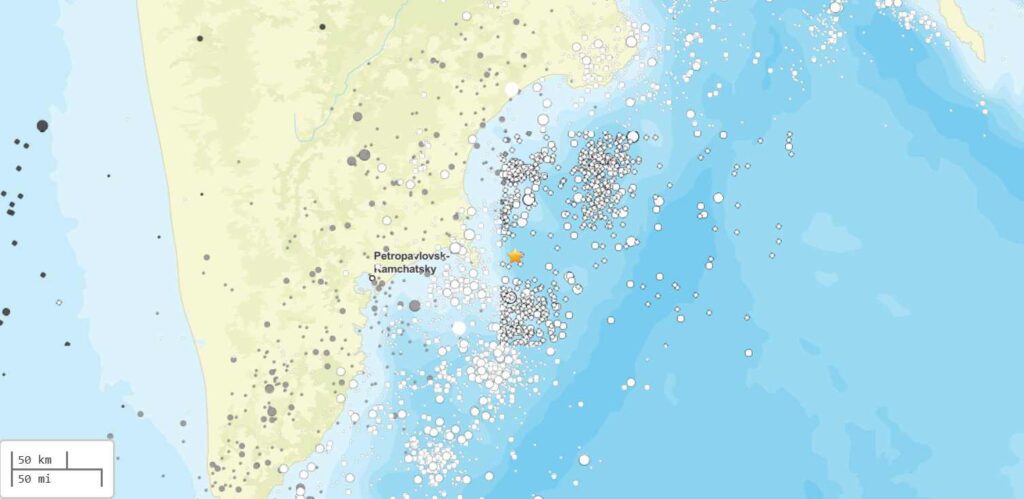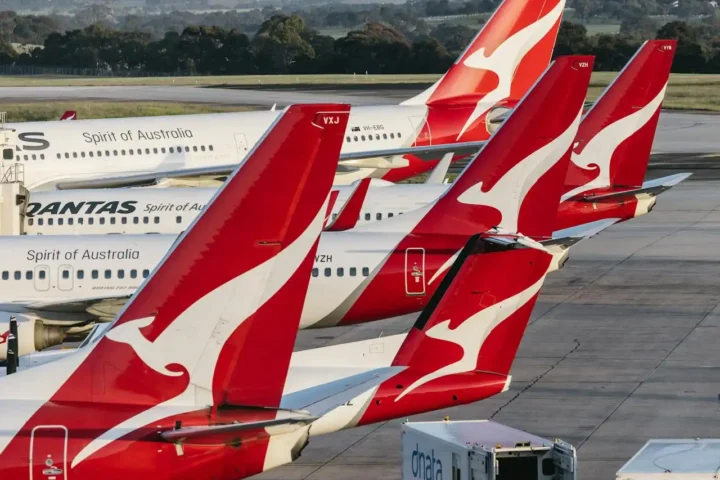GST Change Impact Simulator
Explore how the new GST rates affect prices of everyday products and calculate your potential savings
The GST Council has eliminated the 12% and 28% tax slabs, moving most items to either 5% or 18% rates.
Your Savings with New GST Rates
Remember: These changes take effect from September 22, 2025. Products may display two MRPs during transition.
Starting September 22, 2025, consumers can expect lower prices on many goods due to GST rate cuts and simplified packaging regulations. The government has implemented these changes to facilitate faster transfer of tax benefits to consumers during the upcoming festival season.
Tax Brackets Get Leaner
The GST Council’s 56th meeting recommended rationalising most rates into two slabs — 5% and 18% — with a special 40% de-merit rate for select items. Many items previously taxed at 12% will now move to 5%, while many goods that carried 28% GST will shift to 18%. However, tobacco products are an exception for the time being and will continue at existing rates until certain compensation-cess liabilities are discharged.
This restructuring affects hundreds of product categories across electronics, furniture, and FMCG sectors. For example, a refrigerator with a pre-tax price of ₹30,000 previously incurred ₹8,400 in GST (28%). Under the new 18% rate, the tax component becomes ₹5,400, potentially reducing consumer costs by ₹3,000.
Packaging Rules Relaxed for Smoother Transition
The Central Government has used powers under Rule 33 of the Legal Metrology (Packaged Commodities) Rules, 2011 to waive the requirement under Rule 18(3) that previously mandated newspaper advertisements for price changes. This creates several practical changes:
- Manufacturers can use optional stickers or printing for revised prices
- Original MRP must remain visible alongside new pricing
- Old packaging may be used up to March 31, 2026, or until such packaging material is exhausted, whichever is earlier
- Newspaper advertisements for price changes are no longer mandatory
- Companies must circulate revised price lists to dealers and file copies with Legal Metrology authorities
These changes address longstanding industry concerns about delays in passing tax benefits to consumers due to packaging constraints, as noted in the Department of Consumer Affairs advisory.
What Shoppers Should Know
When purchasing items after September 22:
- Products may display two MRPs (original and revised)
- Invoice GST rates should reflect the new lower percentages
- Retailers must have access to revised price lists
- Benefits apply immediately on the effective date for most goods, though specific tobacco products and related items will continue at existing rates
Category-specific considerations exist for pharmaceuticals, where NPPA has asked drug and device makers to issue revised price lists (Form V/VI) and communicate to dealers and state drug controllers. Re-stickering old stock is not mandatory provided price compliance is ensured at the retail level.
Domestic LPG continues at 5% GST (no change), while commercial LPG cylinders have different tax treatment.
Implementation Timeline
The changes take effect September 22, 2025, with manufacturers, packers, and importers required to circulate revised price lists to dealers/retailers and endorse copies to Legal Metrology and state authorities in time for implementation.
The packaging flexibility provisions remain valid until March 31, 2026, or until such packaging material is exhausted, whichever is earlier, after correcting the MRP by stamping, stickers, or online printing.
Manufacturers, packers and importers must maintain records of these price lists for potential inspection by Legal Metrology officials at both central and state levels.The GST rate cuts were recommended by the GST Council on September 3, 2025. The packaging rule relaxations were subsequently issued by the Department of Consumer Affairs through an advisory dated September 18, 2025, giving businesses a short transition window to adjust systems before implementation. These regulatory updates align with broader environmental and energy efficiency initiatives that impact India’s economic policy framework.



















